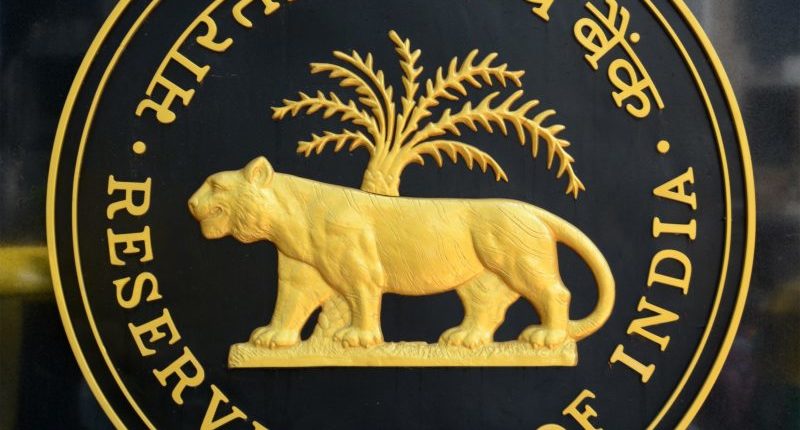To enable financial sector players to address the emerging challenges, the Reserve Bank of India (RBI) has decided to review and update the banking sector’s Risk-Based Supervision (RBS).
The RBS model, which includes both qualitative and quantitative elements, will be used to supervise banks, urban cooperative banks (UCBs), non-banking finance companies (NBFCs) and all Indian financial institutions. The model will be made more robust, and any inconsistencies will be eliminated through the review process.
The supervisory functions of commercial banks, UCBs, and NBFCs are integrated to harmonise the supervisory approach based on the activities/size of the supervised entities (SEs).
The existing rating models will be reviewed under the Capital Adequacy, Asset Quality, Management, Earnings, Liquidity, and Systems & Control (CAMELS) approach to capture the risks in a forward-looking manner. The same approach is followed during the annual financial inspections of UCBs and NBFCs.
RBI has revealed that the supervision of SEs will be carried out to assess their financial soundness, asset quality, solvency, governance framework, liquidity, and operational viability. The regulator states that such an assessment is crucial to protect depositor’s interests and financial stability.
Usually, RBI conducts offsite monitoring of the banks and only conducts inspections if necessary. In the case of UCBs and NBFCs, it conducts a mix of off-site monitoring and on-site inspections.
Further, a technical advisory board, including senior RBI officials, would examine the documents submitted by applicants with respect to Expression of Interest (EOI).
For any clarifications/feedback on the topic, please contact the writer at apoorva.n@cleartax.in





